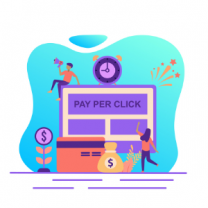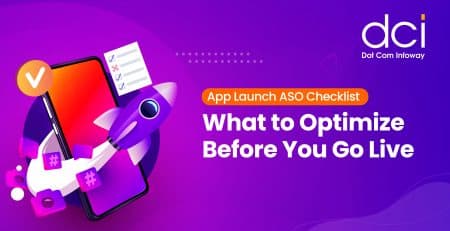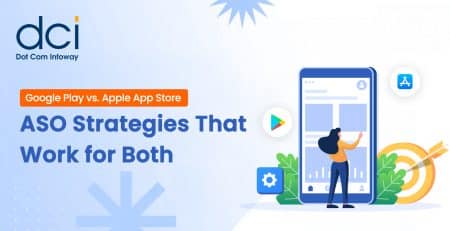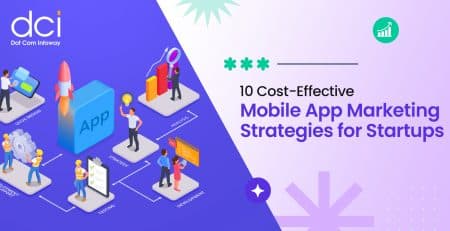How to Make Your Shopping Campaigns Ready for the Holidays?
If there is one season any savvy marketer always intends to make the most of, it’s the holidays. If you are looking for ways to do just that, then you are certainly taking a step in the right direction. Ecommerce marketers, in particular, should definitely find better ways to maximize their campaigns ROI online.
Of course, you should also already an inkling as to what type of campaign you will be doing before the holidays roll in. One of the most effective ones at present is a shopping campaign. These types of campaigns add color and richness to ads, which their blender text counterparts direly lack.
However, much like any other ad campaign, careful planning is also warranted in a shopping campaign. Otherwise, you’ll only be burning through your initial funds, regardless of what platform you choose (Microsoft, Facebook or Google). Fret not, though, for there are definitely established and proven steps you can follow to avoid that and set your campaigns up for success, focusing specifically on the Holidays.

But before we discuss that, we will explain holidays campaign importance first.
Top Shopping Campaign Benefits
The advantages you can derive from shopping campaigns are myriad as long as you know how to optimize them and, of course, execute them properly. Add to this the expected influx of enthusiastic shoppers during the holiday season, and you can only imagine why so many online marketing team bank hard during “the most wonderful time of the year”.
Below Are the Ready Advantages of Shopping Campaigns:
-
Gain Better Control of Your Campaigns
This is especially true if you opt for Microsoft shopping campaigns (though Google is equally reliable in this regard). In Microsoft campaigns, you have the option to prioritize which ad campaigns will be shown immediately, without minding the bid.
On the other hand, Google and Microsoft’s shopping campaigns both share the advantage of giving advertisers the opportunity to include custom labels. The use of custom labels show a marked improvement in campaign performance because of the better control that you’ll have over it. You can label specific products that are selling at discounted prices, for example, giving you a clearer picture of your profit margin.
-
Save More Money
Again, this applies only to shopping campaigns that are done as correctly as possible. Similar to PPC ads, CPC gradually decreases the more your shopping campaign CTR improves. Google Shopping campaigns normally exhibit this positive result, partly due to the ready benefits of shopping campaigns as a whole (i.e. use of images, better visibility, to cite the best ones). As a further result, advertisers enjoy significantly lesser CPC, thus, raising the chances for a longer and more successful campaigns.
-
Enjoy Improved CTR
Having a high CTR almost always immediately means better conversion rates and are potent gauges of an ad campaign’s success. Shopping campaign product ads just have that inherent pull to most shoppers, again, because of how they are designed.
-
Acquire Better Mobile Visibility
PPC ads usually fall short in terms of visibility when the user is searching with mobile devices. At most, only 2 of these ads are shown in a single search result. Google shopping campaign ads greatly contrast this because it shows up to 15 ads for every mobile search result.
-
Improved Reporting
Data from reports are crucial for any experienced advertisers. Google shopping campaign reports go all the way in providing better performance metrics. They do this by allowing you to filter data about your product in a more in-depth way, using categories like product type, item ID, custom labels, and overall condition.

Is Your Website Ready for the Holiday Season?
Drive sales with our PPC Services. Our PPC Marketing Agency uses sophisticated services to boost your sales and revenue during this holiday season.
How to Prepare Your Shopping Campaigns Properly?
Now that you have a clearer picture of how shopping campaigns for Ecommerce mobile app development give such valuable benefits to advertisers, it is time to proceed to discussing how you can set your campaign up correctly. These pointers are specifically developed to help advertisers make the most out of their shopping campaigns during the holidays.
1. Plan the Essentials
From budget to crisis response, be sure to get these fundamentals in proper order before the start of the holiday season. How much exactly is your projected budget? Having a crystal-clear number will determine the amount of traffic you can expect in the course of the entire campaign. All the better if you already have historical data on hand that can give you a good overview of past spending.
Always anticipate the chance of problems occurring with regards to items or performance issues. Who would be able to address the issues if it does arise? How much time will it take to solve it? It will not hurt to have the right answers to these questions even before beginning your shopping campaign.
2. Use Analytics Data to the Fullest
Is ecommerce tracking already enabled in your Google Analytics? If not, that is one basic step you should take. Be sure to take the time to review the traffic, particularly, the locations showing the most interest, engagement, and completed transactions. Narrow down the best ones to significantly reduce your ad expenses.
Also, make it a point to show only relevant information that is at once attractive and helpful to shoppers. With the right data in your hands, you will be able to figure out the optimal titles and images to use
It is also vital to closely examine product performance to determine which products perform best. Admittedly, this tip already applies to on-going campaigns, but being mindful of it beforehand (and remembering it) will really steer your campaign toward the right direction from the outset.
3. Take Advantage of Custom Labels
Since it is the holiday season you are targeting, you can include eye-catching keywords in your label’s definition like “seasonal” or “limited-time”. Be sure to highlight the top-performing ones. With plenty of opportunities to customize in custom labels, it will not take long for you to realize just how much control you can get on your campaigns with their help.
4. Construct a Sound Promotional Calendar
Holiday shoppers are consistently on the lookout for deals and promotions. However, it really won’t do to just offer them anytime you wish. Any good marketer, for instance, can attest that most shoppers tend to make purchases during weekends. These are the best times to offer exceptional promos that your audience will not think twice to seize. And again, take note of the data to determine which promotions drove the most traffic and sales, as well as the specific dates they happened.
5. Leverage Technology
Automation and machine learning are at the forefront of Smart Shopping campaigns, which have been proven to increase conversions by as high as 20% for most. With its help, advertisers can make quick, automatic bid, audience, and product adjustments in seconds. This technology actually analyzes the chances of conversion of a specific search query, giving nothing less than invaluable data for advertisers to optimize their campaigns.
Conclusion
Ecommerce stores need only keep the above pointers in mind to make the most out of their shopping campaigns. The holiday season is a busy enough time as it is. And shoppers can get easily distracted by other advertisers and marketers meaning to get a larger slice of the pie.
Don’t be overwhelmed by the hectic condition, though, and stay focused on your goals and the solid plan you’ve built. As long as you stick to what works and stay persistent once you see the fruits of following these steps to a tee, you will definitely find out why experts recommended doing them.















